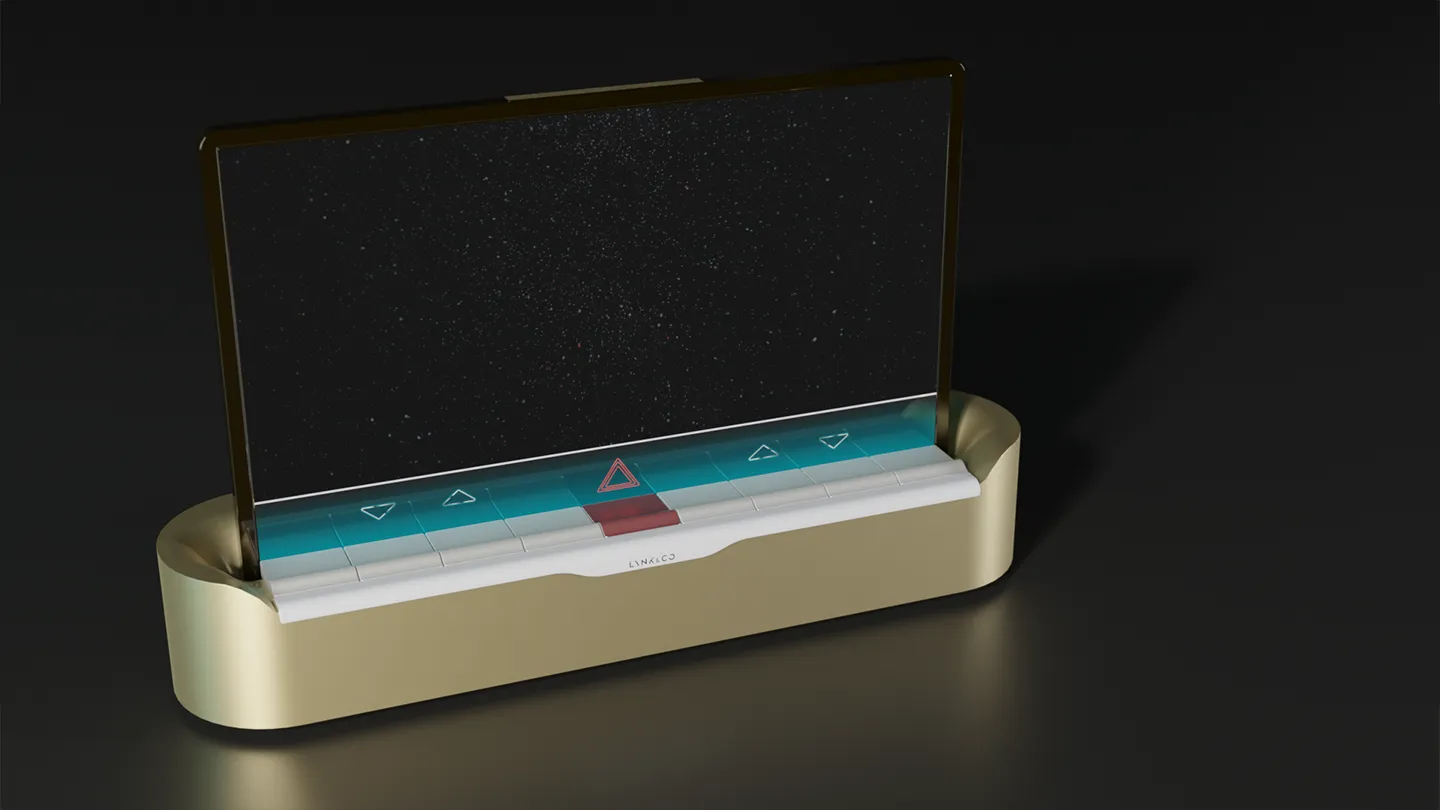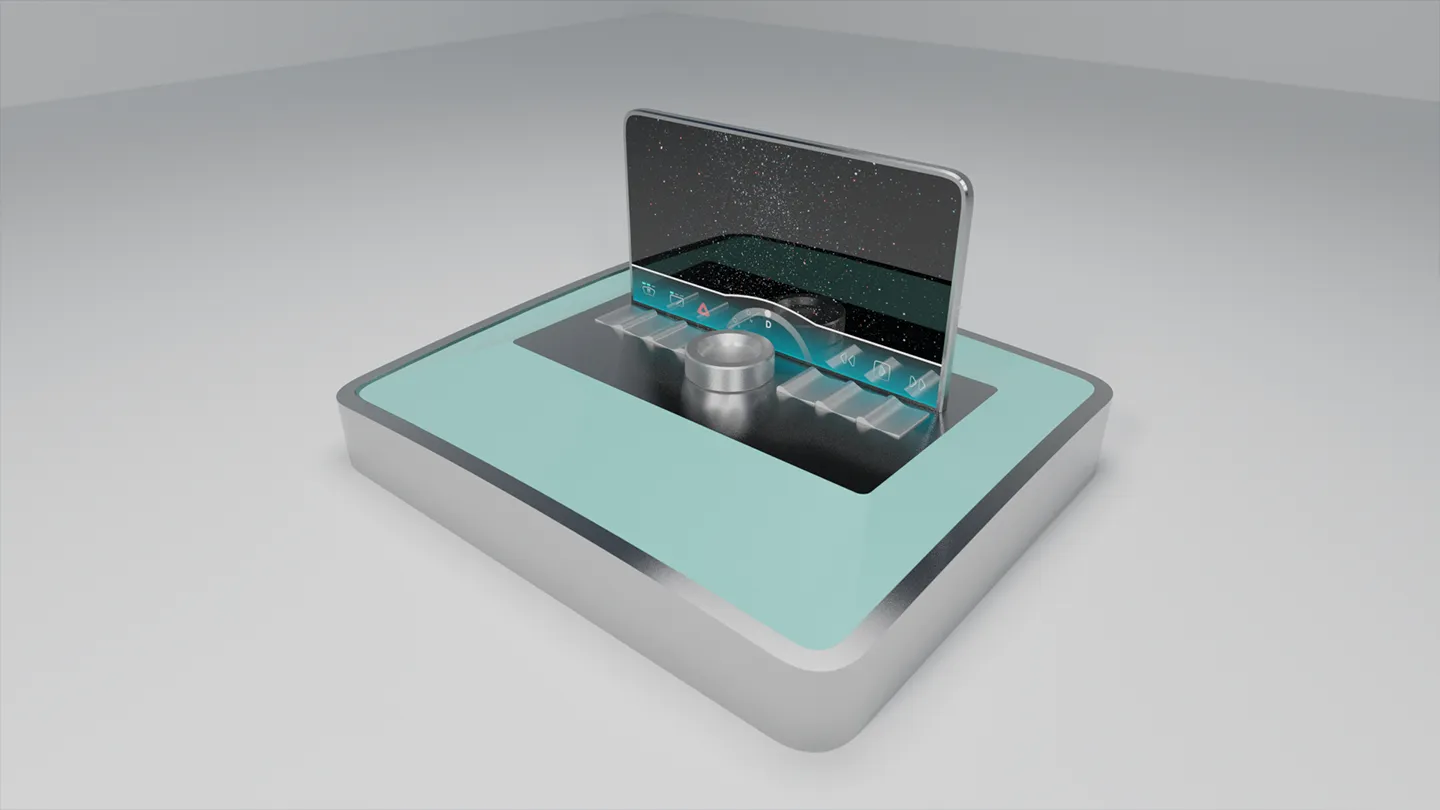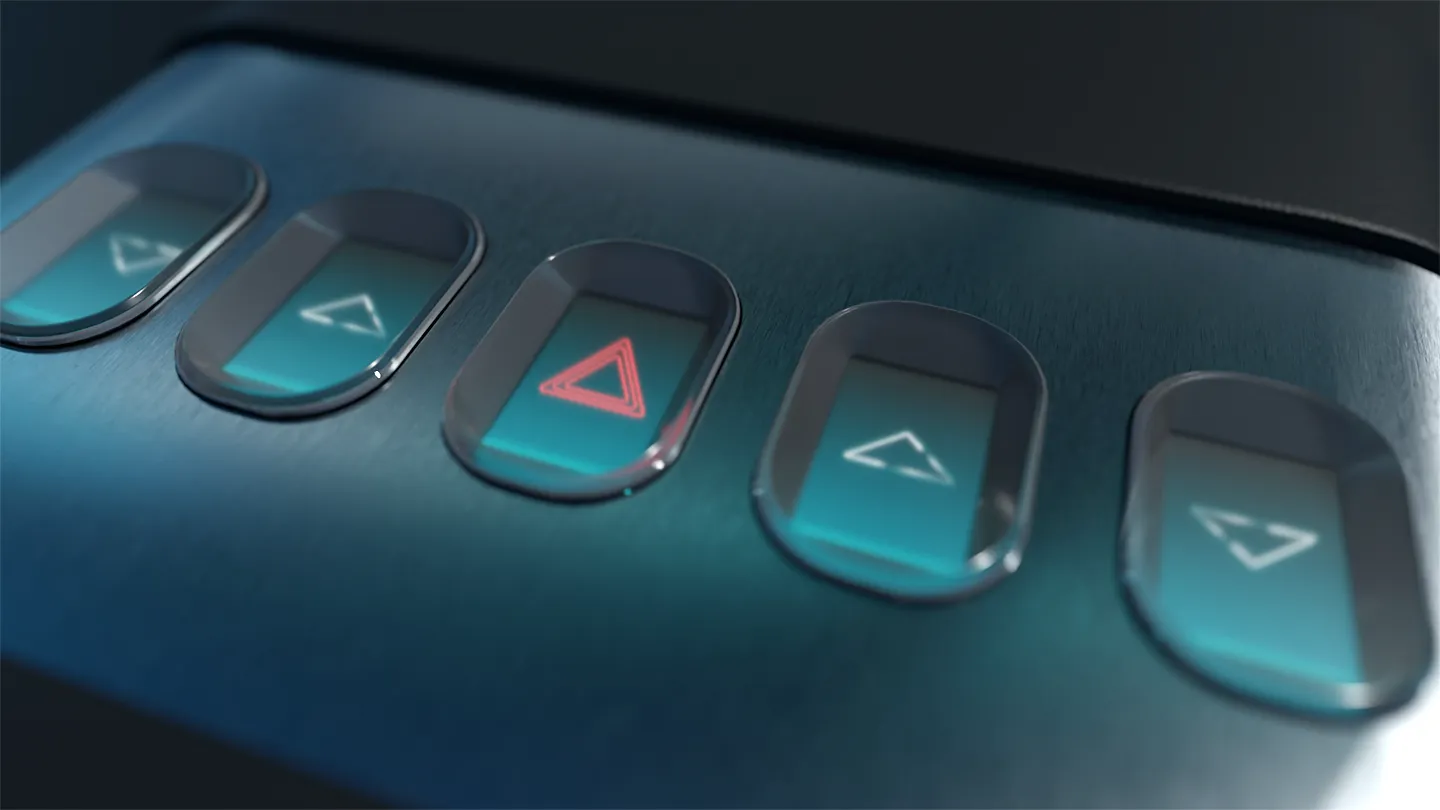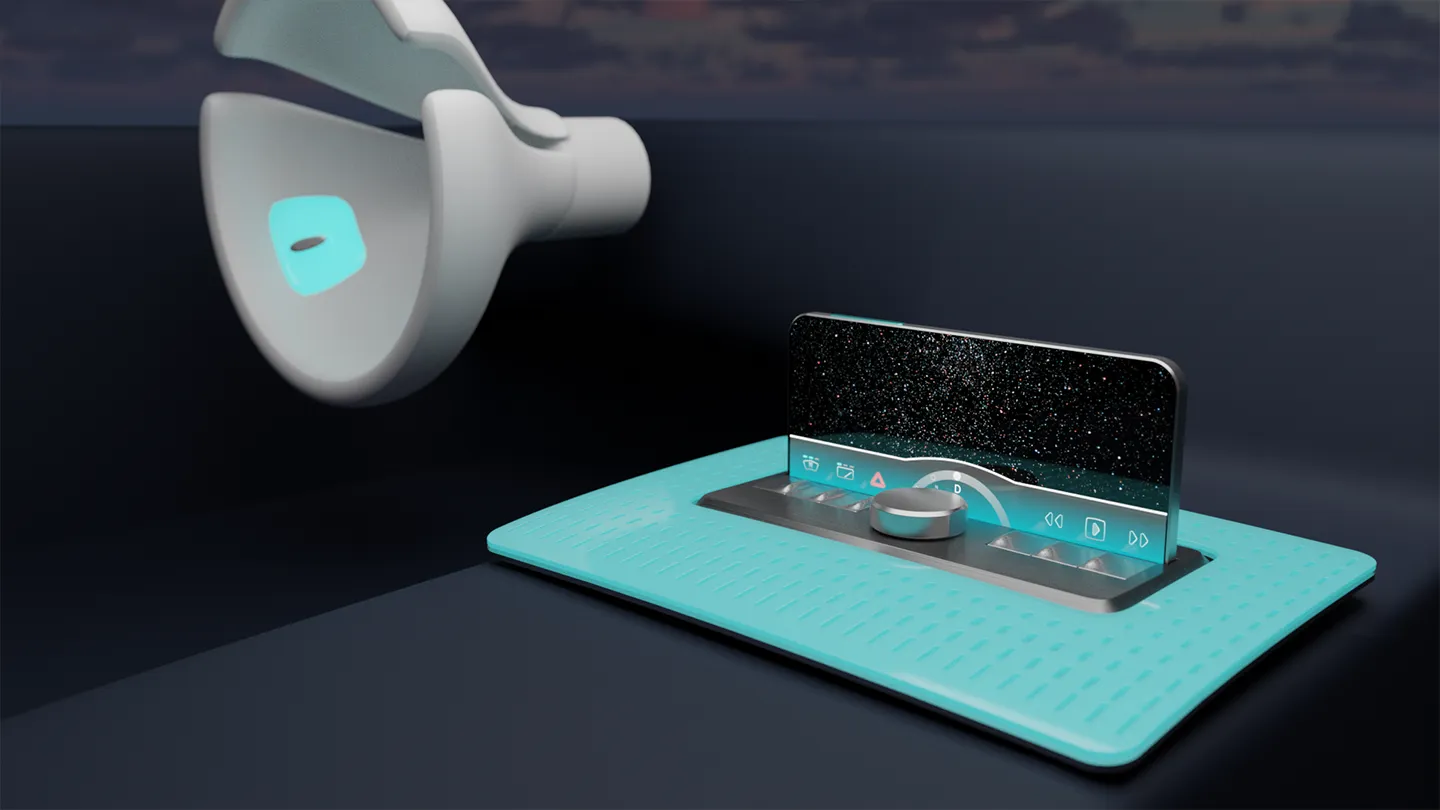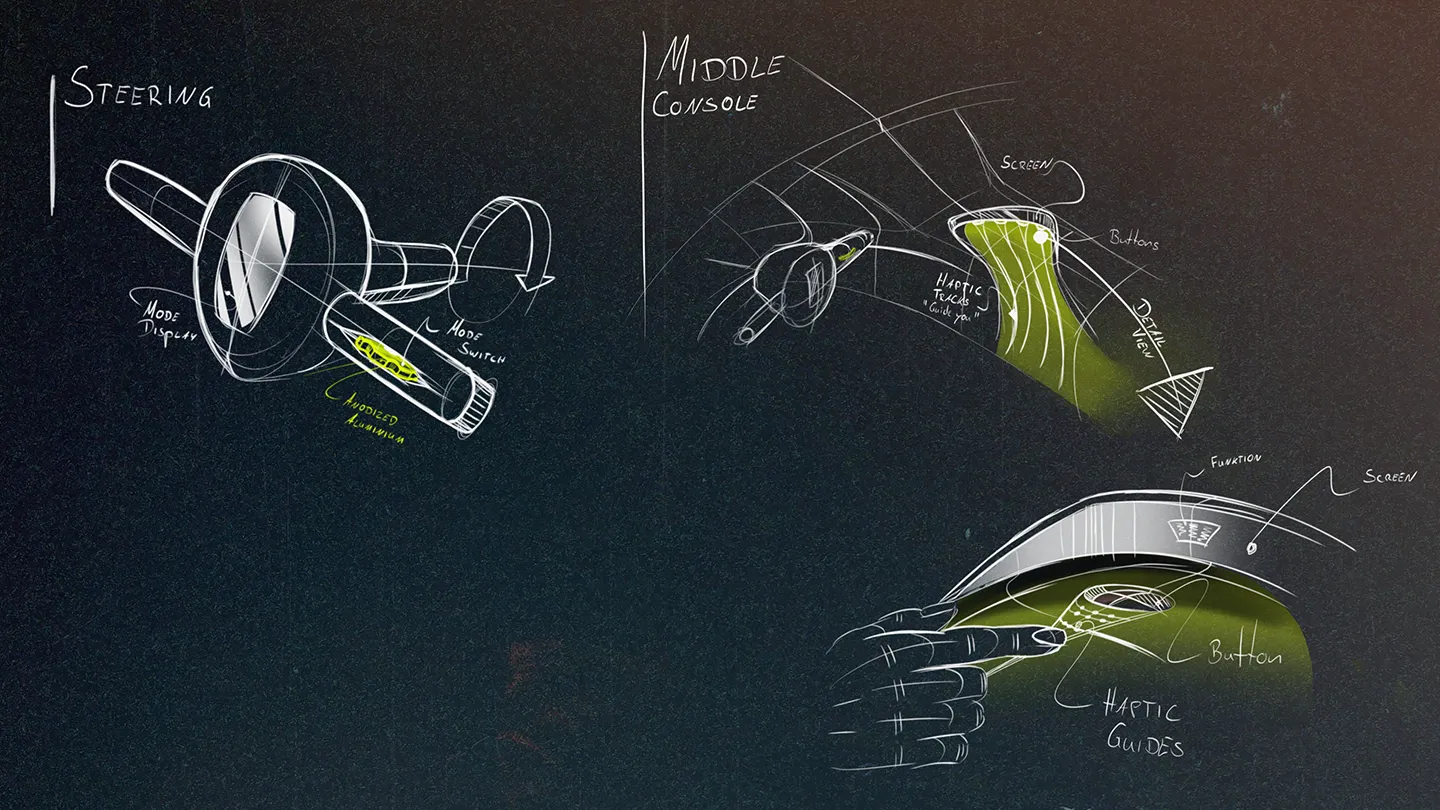VELORA
CAR INTERIOR CONCEPT
Year
2025
Category
Industrial Design
Client
Personal Project Lynk&Co
This car interior concept reduces distractions for the driver. The goal was to create a better alternative to touchscreen-only interfaces for the brand Lynk & Co. Screens are cheap and adaptable, but distracting and tough to use. My concept combines real buttons with touch screens. This is a personal project and has no official ties to Lynk & Co.

Touchscreens are hard to use
STEAL YOUR EYES
To use touchscreens you need to look at them. This gets deadly when driving at 100km/h. There's a reason you are not allowed to use your phone.
NO MUSCLE MEMORY
Muscle memory thrives on shape and texture, Not flat glass. That's why you can type blindly on a keyboard. On a phone we are hopeless without autocorrection.
LOW PRECISION
Tapping on a screen while driving is like throwing a dart blindfolded. Inaccurate and dangerous. Still, new cars force you to adjust the AC on a touch screen.

"New safety ratings punish cars without physical buttons."
In July 2024, I spoke with a senior UX designer at a major car brand. He was frustrated—touchscreens are hard to use, but management loves them. They’re cheap. They’re flexible. Money wins. Still, he said, change is coming. The safety rating EURO-NCAP announced they’ll deduct points if cars don’t have physical buttons for essential functions. After that talk, I saw an opportunity to come up with a fix.
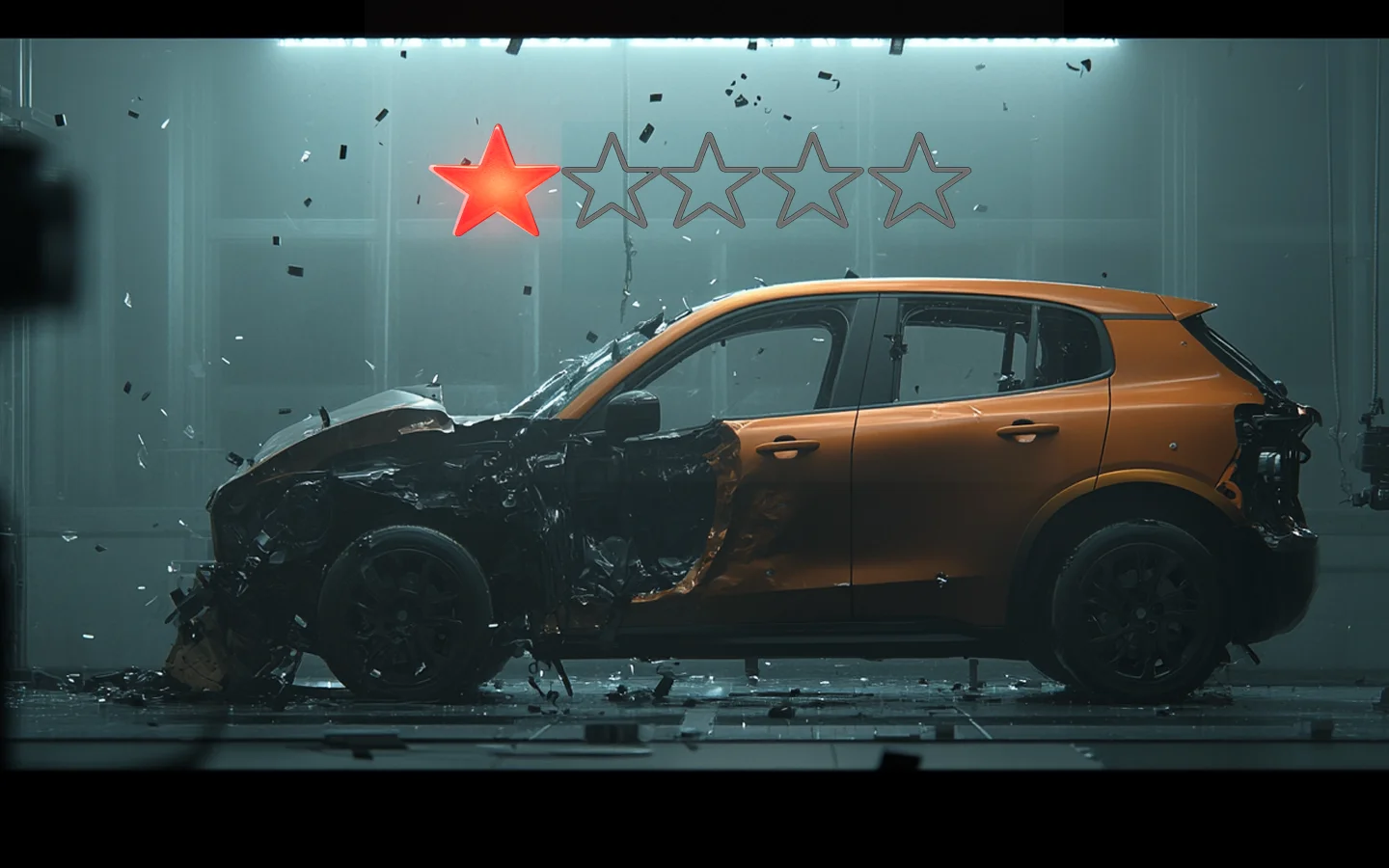
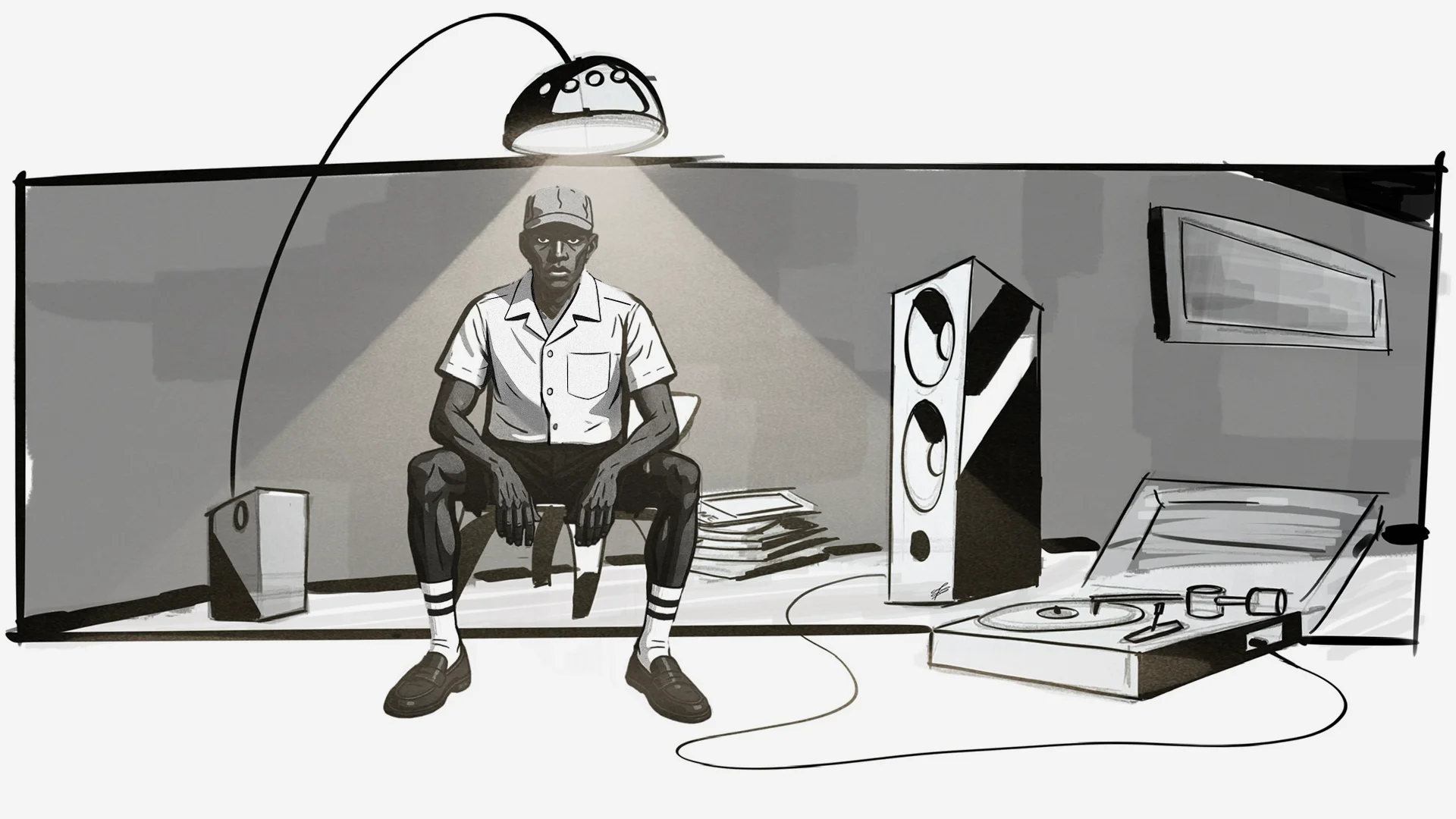
The driver I had in mind during the process
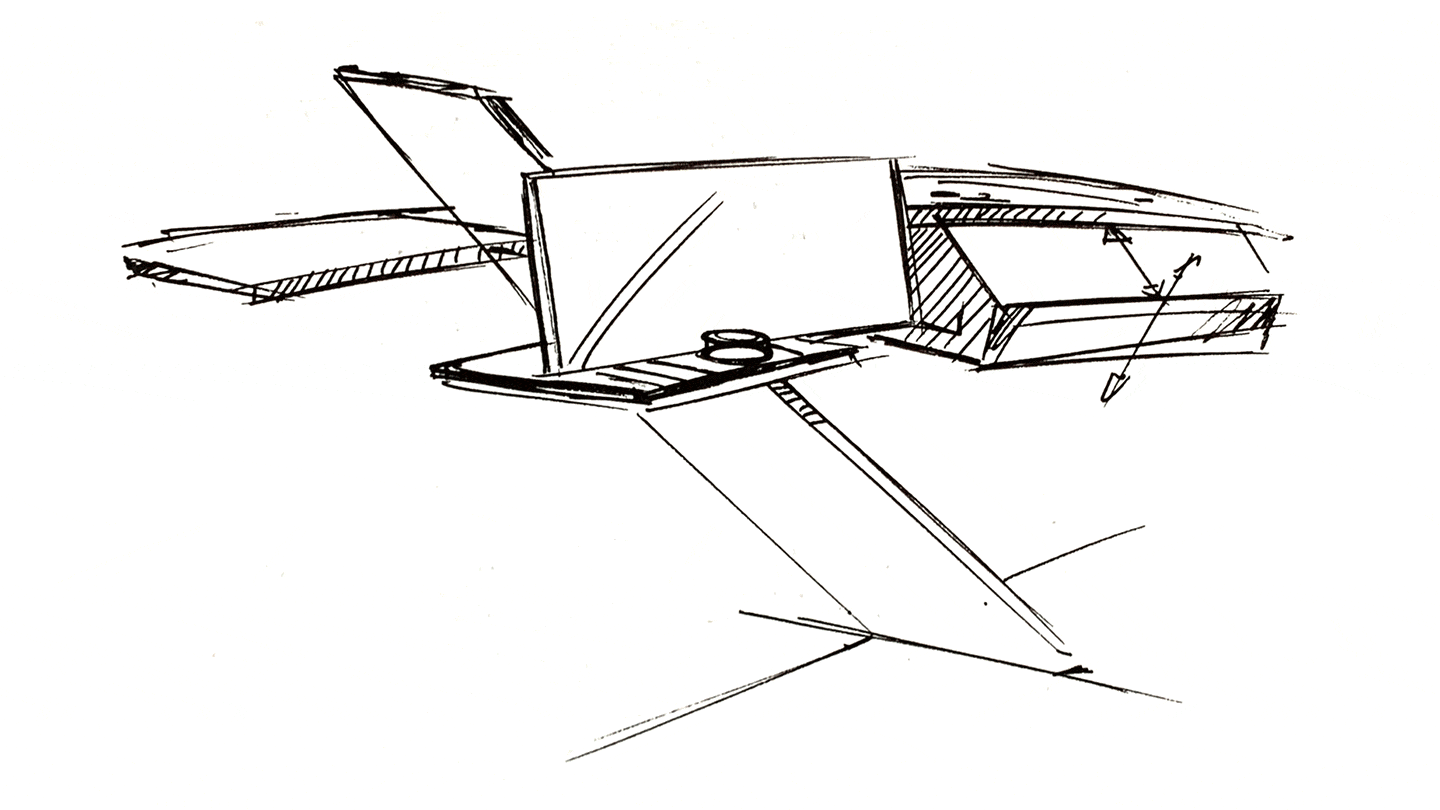
SCRIBBLES
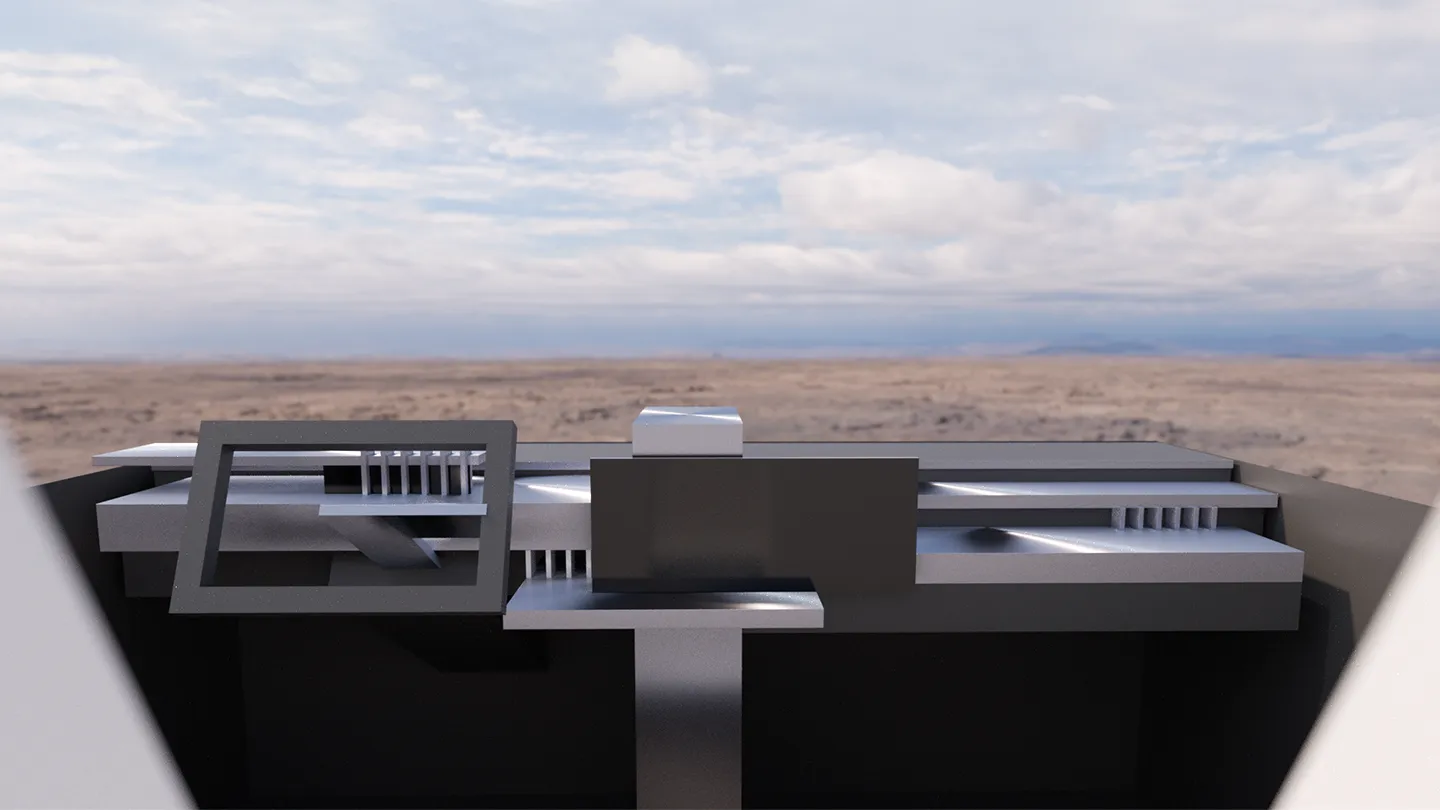
EARLY CONCEPT
"Each button has three functions based on the mode"
The six buttons and the dial in the middle can change functions. Depending on the mode switch on the steering wheel. Kind of like using a shortcut on a computer. If you are in drive mode, the buttons activate, for example, hazard lights and window heating. In music mode, you can switch and pause songs. And in comfort mode you control the AC.
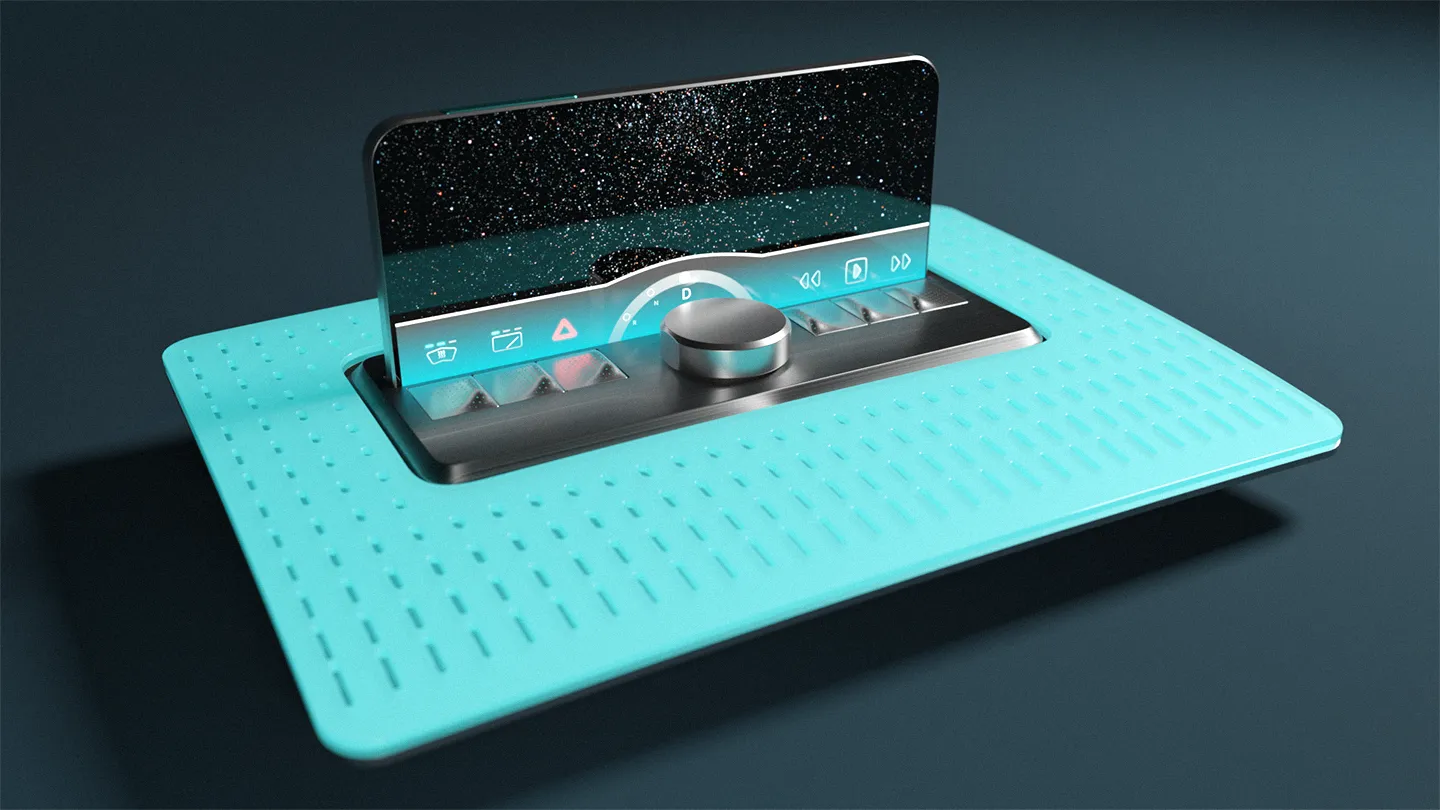
"You get the intuition of buttons and the adaptability of touch."
I've made a few prototypes to test if the experience is intuitive. Turns out it was. On the left is a recording of such a prototype. To keep it simple, I used the keyboard keys J, K, and L on my computer to represent the function buttons (right). The mode switch on the left was activated by Q, A, and Z.
"Cheapest Fix? Use the Screen You Already Have"
I explored different ways to mix physical buttons with screens. The screen needs to show what each button does—otherwise, users forget the mode. Like leaving Caps Lock on while typing your password. In the end, the simplest and cheapest solution was to use the car’s existing infotainment screen.
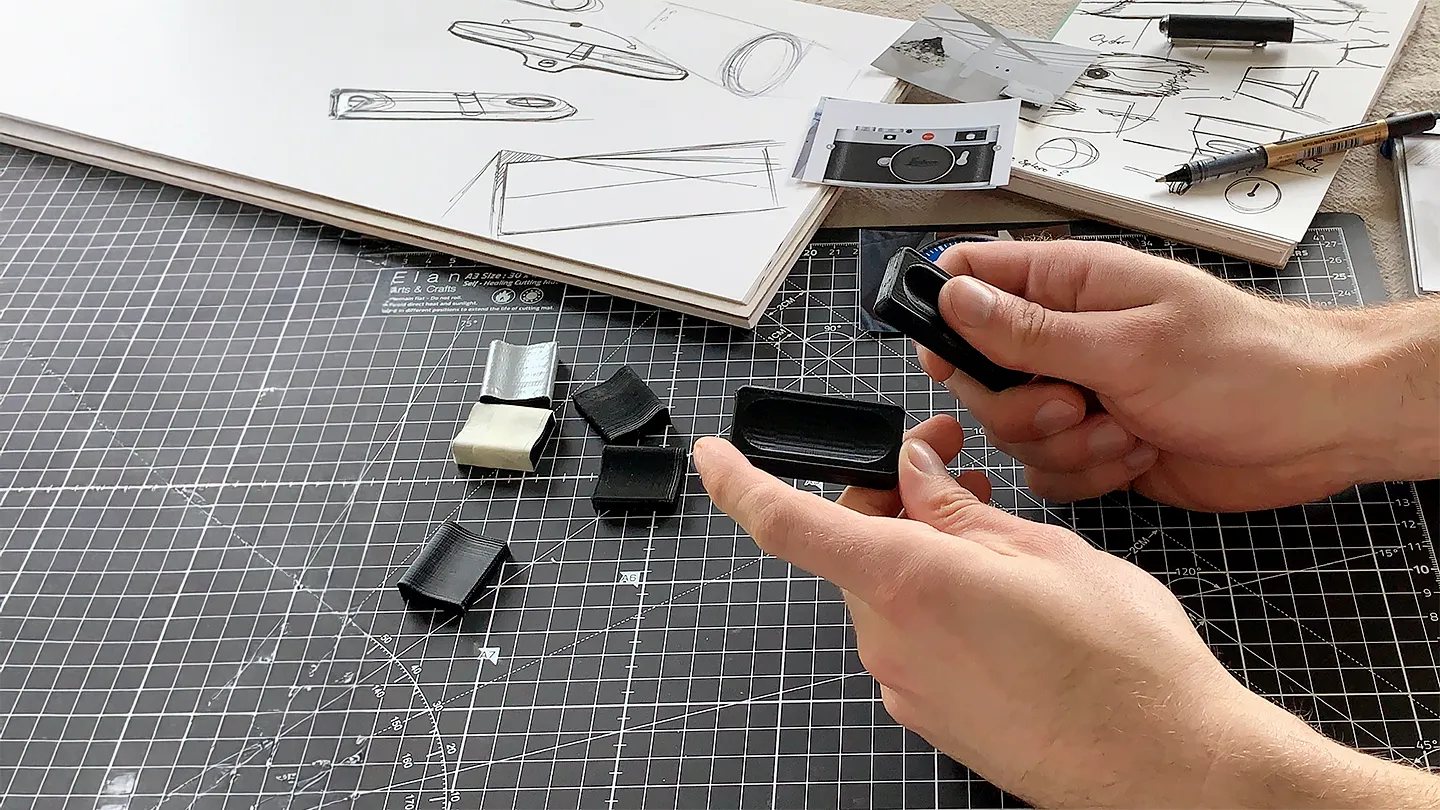
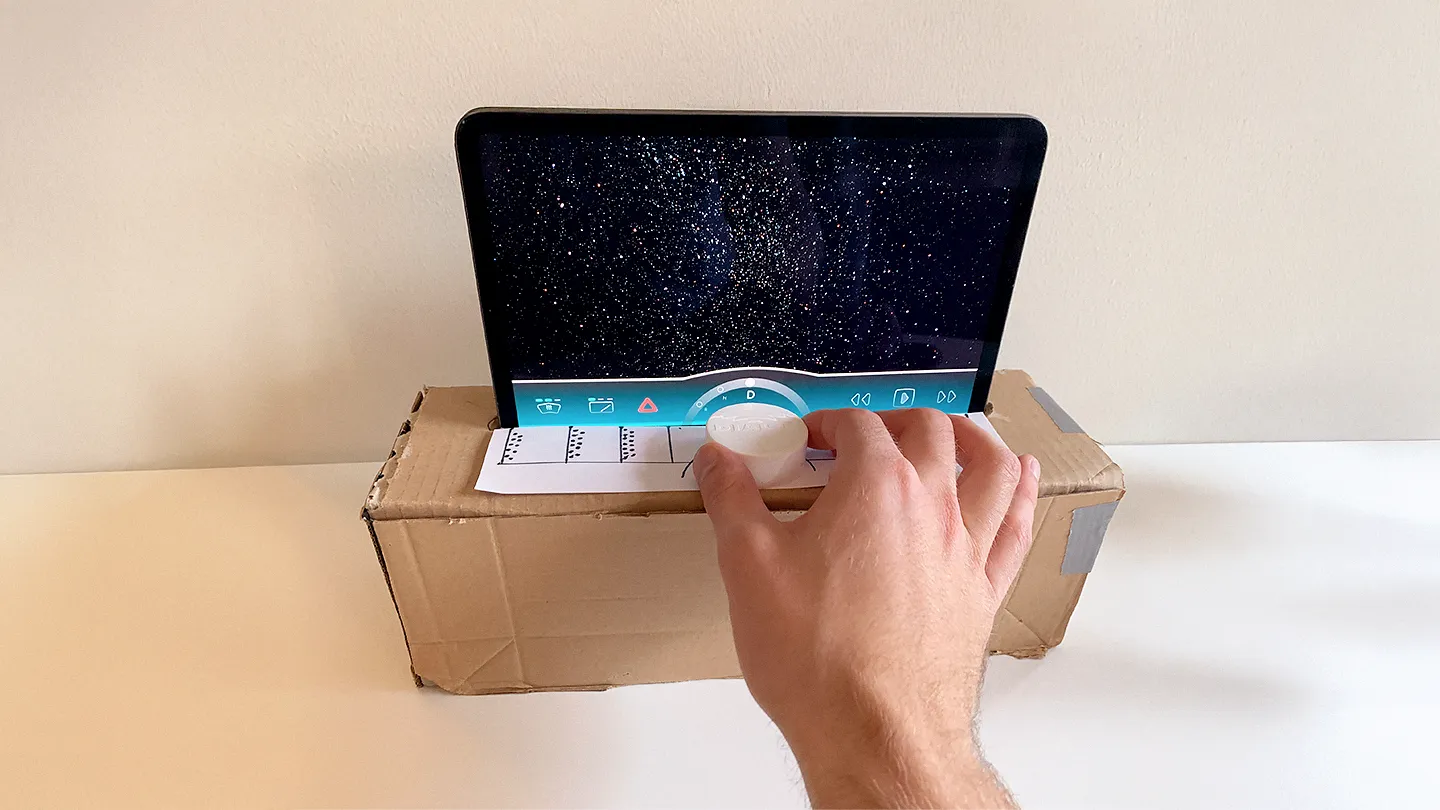
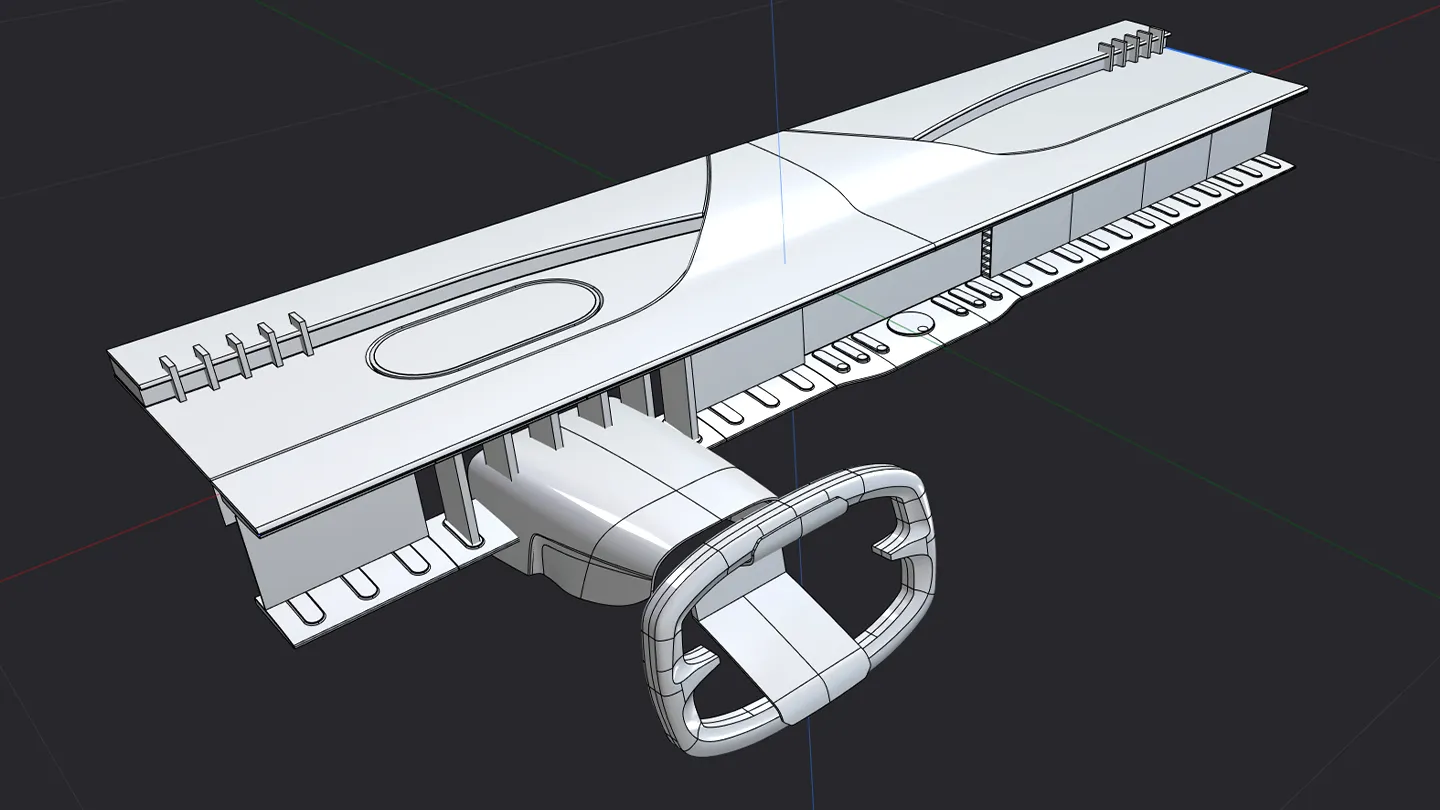
FINAL CAD MODEL

ERGONOMICS TEST
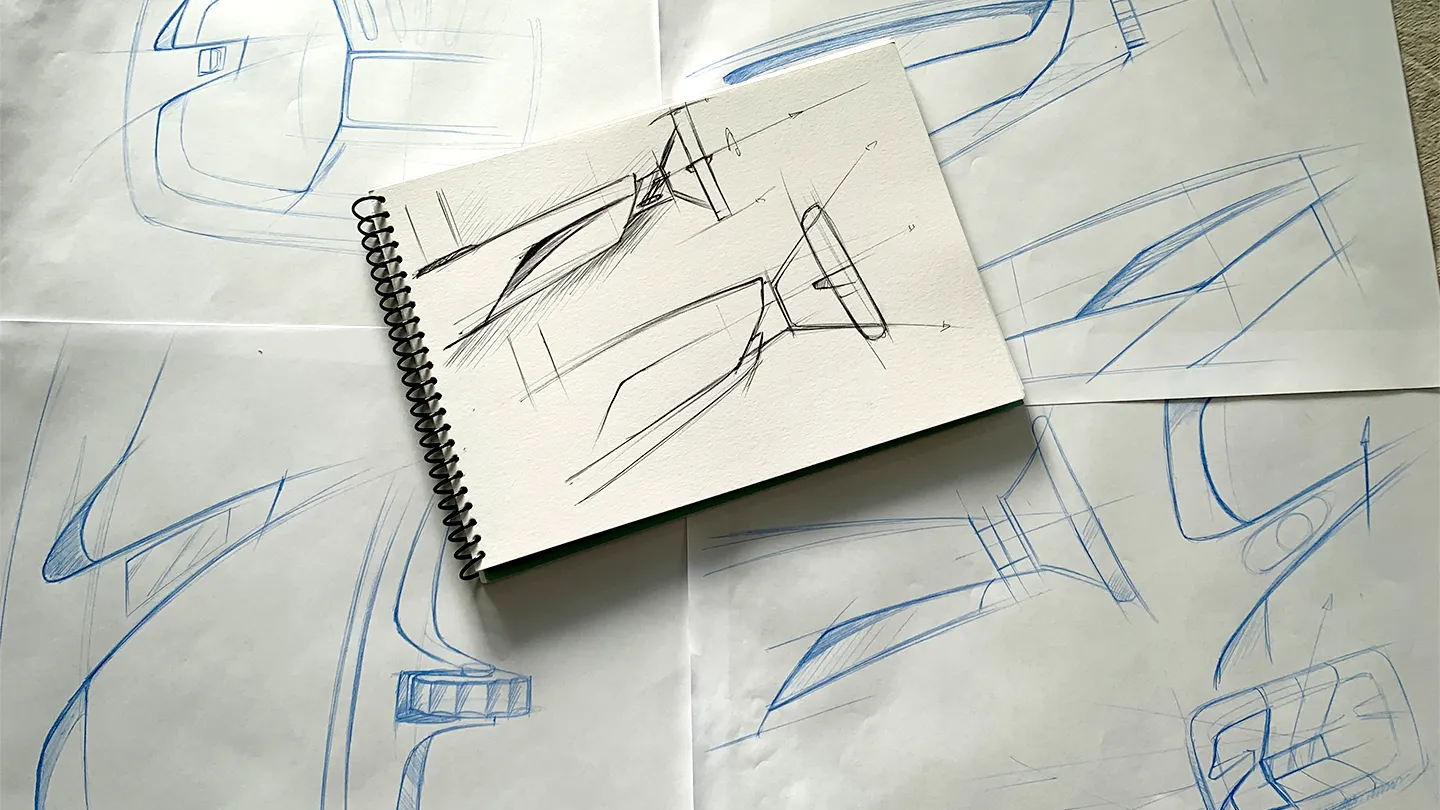
STEERING WHEEL SKETCHES
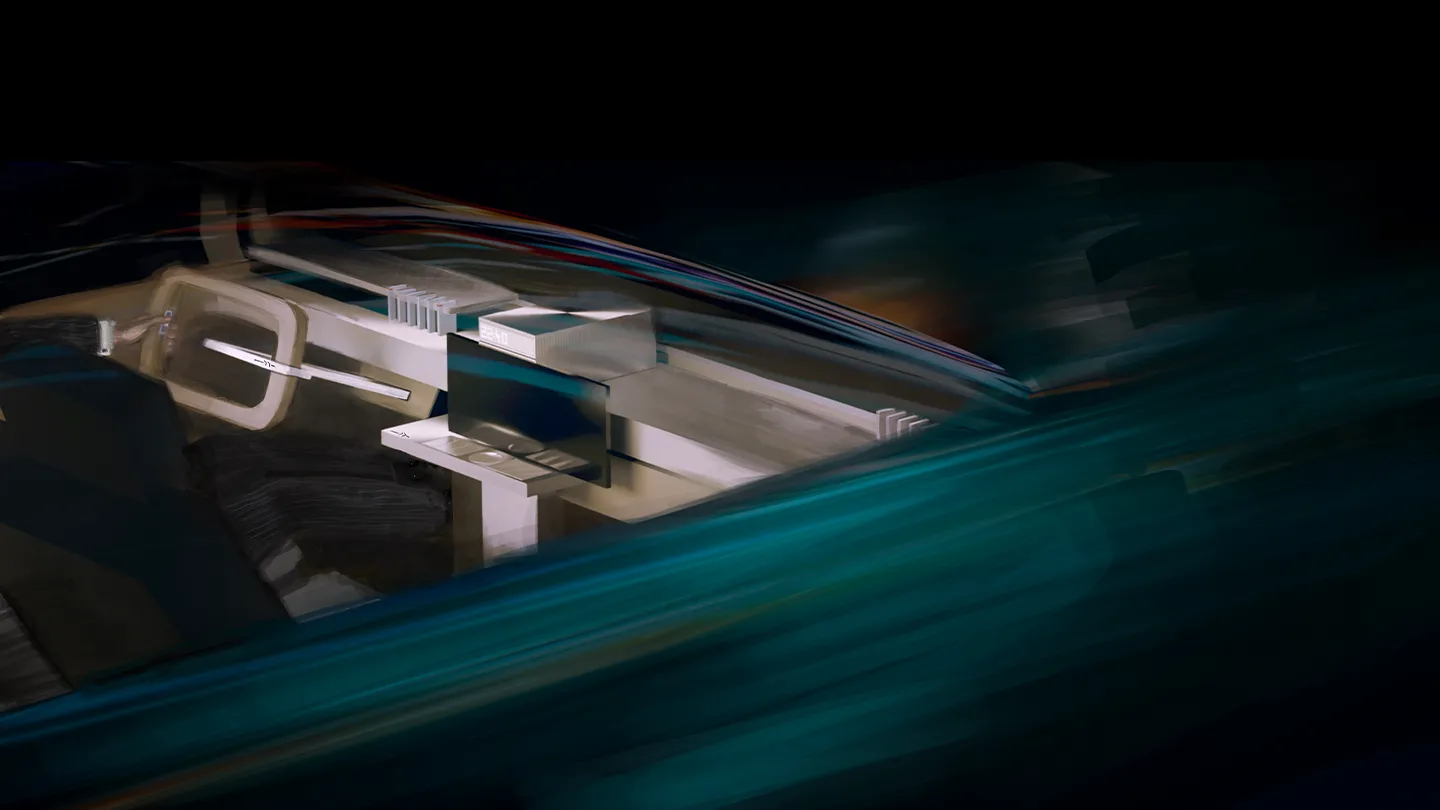

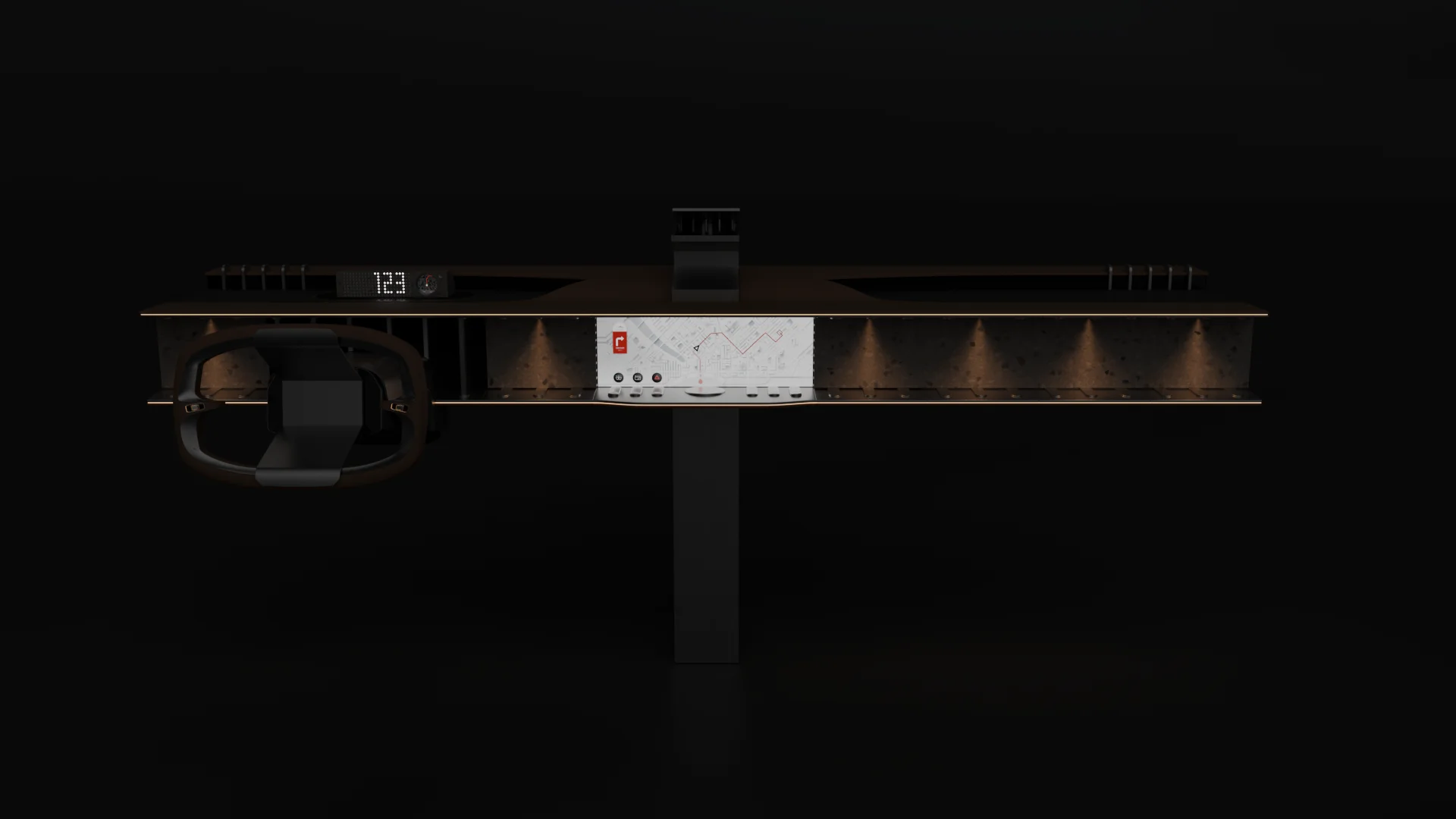
AMBIENT LIGHTING
Roles
UX Designer
Industrial Designer
Product Visualizer
Time
2024 - 2025
Team
Christian Gorki
Industry
Automotive
INTERESTED IN COLLABORATING?
Privacy Policy

